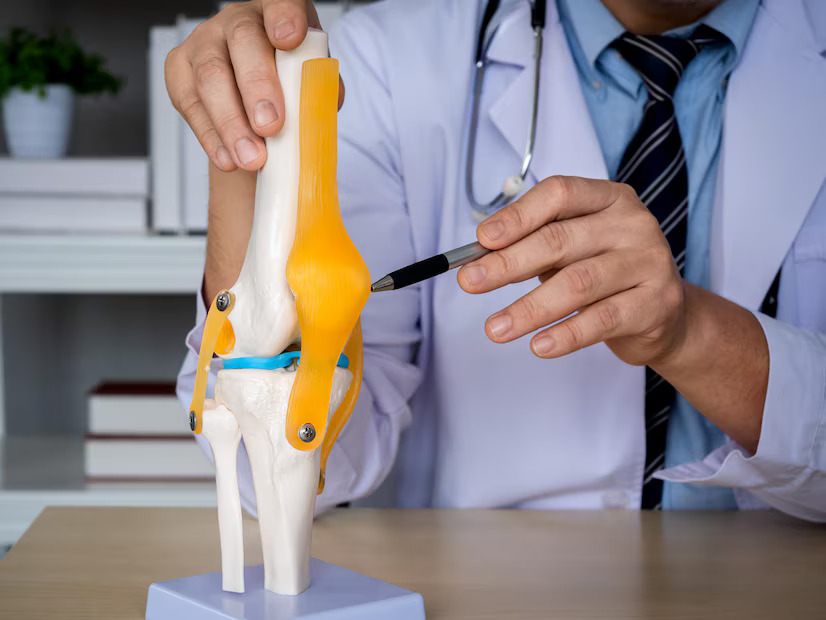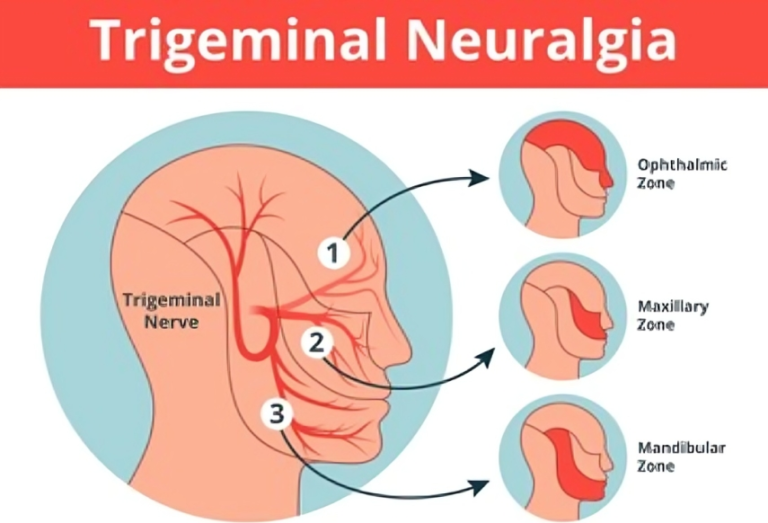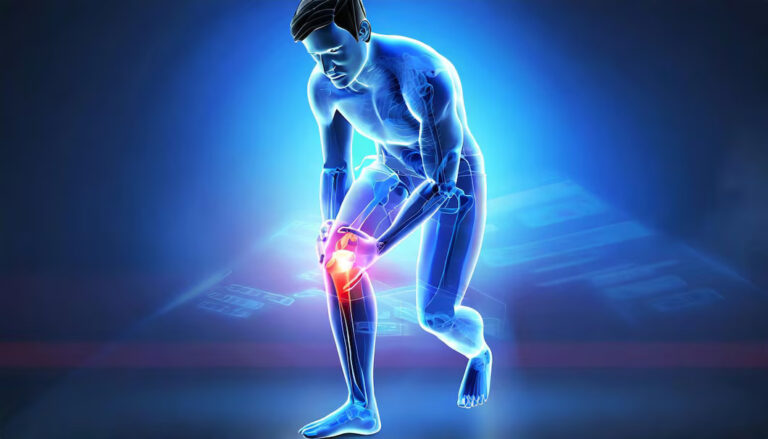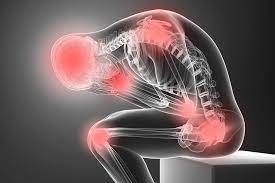Anatomy Of Joint Pain: Understanding The Structures Involved
Joint pain is a common complaint that affects millions of individuals worldwide, often impairing mobility and diminishing quality of life. To effectively address and manage joint pain, it is essential to comprehend the intricate anatomy of the structures involved in joint function and pain perception. For residents of Dilshad Garden, seeking Joint Pain Treatment in Dilshad Garden, understanding the underlying causes and mechanisms of joint pain is crucial for receiving targeted and effective care.
To Know More About It Please Click Here
The Joint: A Complex Interaction
The junction of two or more bones that permits flexibility and movement is called a joint. While the primary function of joints is to facilitate motion, they also provide stability and support to the skeletal system. Various structures collaborate within joints to ensure smooth movement and distribution of forces.
Components of a Joint
- Bones: The bones forming a joint are covered with a layer of smooth, slippery cartilage at the articulating surfaces. Cartilage cushions the bones and reduces friction during movement.
- Synovium: This thin membrane lines the inner surface of the joint capsule and secretes synovial fluid, which lubricates the joint, nourishes cartilage, and reduces friction.
- Joint Capsule: A tough, fibrous structure that surrounds the joint, enclosing the joint cavity and providing stability. Ligaments, which are strong bands of connective tissue, reinforce the capsule and hold the bones together.
- Tendons and Muscles: Tendons attach muscles to bones around the joint, facilitating movement by transmitting muscle-generated force to the bones.
- Bursae: Small fluid-filled sacs located between bones, tendons, and muscles near joints. Bursae reduce friction and provide cushioning, minimizing irritation and inflammation during movement.
Mechanisms of Joint Pain
Joint pain can arise from various factors affecting the structures within and around the joint. Understanding these mechanisms is crucial for accurate diagnosis and targeted treatment:
- Inflammation: Inflammatory conditions such as arthritis, bursitis, and tendinitis can lead to joint pain. Inflammation within the synovium or surrounding tissues can cause swelling, redness, warmth, and pain.
- Degeneration: Wear and tear on cartilage due to aging, overuse, or repetitive stress can result in joint degeneration and pain. Osteoarthritis, the most common type of arthritis, is characterized by the gradual breakdown of cartilage within joints, leading to pain, stiffness, and reduced mobility.
- Injury: Trauma, such as fractures, dislocations, sprains, or strains, can damage the structures within a joint, causing acute or chronic pain. Ligament tears, meniscal injuries, and tendon ruptures are common examples of joint injuries.
- Mechanical Stress: Poor posture, improper biomechanics, and excessive strain on joints can contribute to mechanical stress and subsequent pain. Overloading a joint beyond its capacity can lead to inflammation, cartilage damage, and pain.
Treatment Approaches
Treatment strategies for joint pain aim to alleviate symptoms, improve joint function, and address underlying causes. Depending on the specific condition and severity of symptoms, treatment options may include:
- Medications: Nonsteroidal anti-inflammatory drugs (NSAIDs), corticosteroids, analgesics, and disease-modifying antirheumatic drugs (DMARDs) can help reduce pain and inflammation.
- Physical Therapy: Targeted exercises, stretching, and manual therapy techniques can improve joint mobility, strength, and stability.
- Lifestyle Modifications: Weight management, ergonomic adjustments, and activity modification can reduce stress on joints and improve overall joint health.
- Injections: Intra-articular corticosteroids or hyaluronic acid injections may temporarily relieve joint pain and inflammation.
- Surgery: In cases of severe joint damage or dysfunction, surgical interventions such as arthroscopy, joint replacement, or joint fusion may be necessary to restore function and alleviate pain.
Conclusion
Understanding the anatomy of joint pain involves recognizing the intricate interplay of structures within and around the joint. By gaining insight into the underlying mechanisms of joint pain, healthcare professionals can develop tailored treatment plans to effectively manage symptoms and improve patient’s quality of life. With a comprehensive understanding of joint anatomy and function, individuals can take proactive steps to maintain joint health and minimize the impact of joint pain on their daily lives.
Also, Follow us on Instagram







